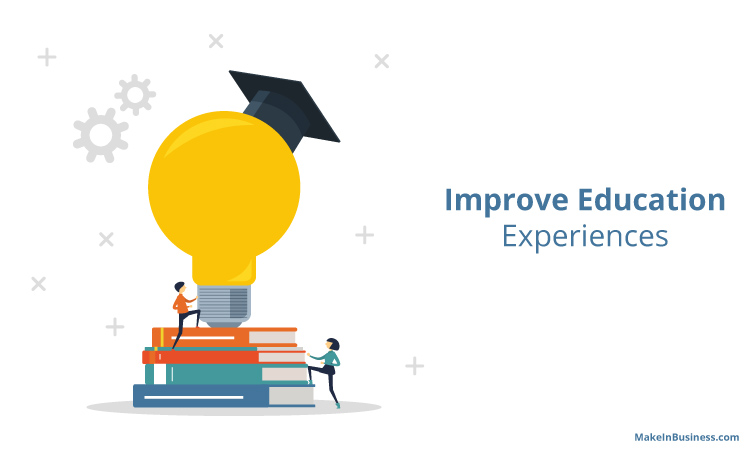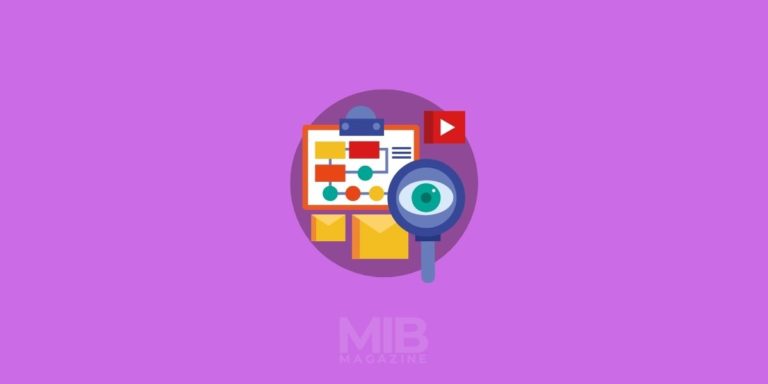How Educational Institutions Can Use Feedback Loops to Improve Education Experiences

As educational institutions struggle to stay relevant in a world where all you need is an internet connection and a laptop to create opportunities for yourself, the importance of student engagement and interaction is at an all-time high. As organizations, even the most successful educational institutes run into barriers to connecting with their students.
People are busy. There is noise everywhere, and no they don’t have five minutes to take a satisfaction survey about their learning experience.
Colleges and universities, both public and private, have done everything from withhold grades to bump up grades for students who provide feedback as requested. Sounds a lot like a traditional company, doesn’t it? “You won’t get your bonus if you don’t participate in this employee satisfaction survey.” It’s harsh, and so last century.

Administering Surveys is Not Enough to Engage Students
There are a number of ways to ensure that student engagement with your institution can be higher. For starters, you can provide online surveys that make it as simple as possible for students to complete the surveys as needed.
Another thing colleges and universities can do is to ensure that any feedback that is given by the student is acknowledged. If ever there is a complaint, ensure that the complaint is taken seriously. The fastest way to lose the interest of a student who has provided you with valuable information is to ignore the information they give you if it’s not what you had hoped.
But when the information is provided by students, and when the information is properly received and studied by the schools, much growth can occur. Imagine for a second that students are complaining that the hallways are dimly lit and students feel uncomfortable walking from one class to another during the evening hours.
Don’t Ignore Subtle Issues that Could Prove Valuable to Student Experience
As an organization that sells education, you might be inclined to glaze over such a comment, scanning the mountains of data looking for information on ways to improve classroom experiences. If that is your approach, we encourage you to adopt another approach to sifting through the data. Look for things that might keep students from coming to class in the first place.
An example of poorly lit hallways may seem unrelated to educational experiences, but if a school were to invest some time and money into making the hallways feel brighter and safer, more students might attend classes in the evenings.
It’s subtle, and you might miss those kinds of opportunities on a regular basis if you are just looking for ways to strengthen curriculum or lab experiences.
But education institutions are responsible for providing a full-circle experience and that’s what a system that provides a feedback loop to and from students can help.
Students Who Feel Heard Speak up More Often
When students know that their concerns – however trivial – are being heard, they can feel safe and secure in their educational institutions.
When students feel safe, they are more likely to engage and to provide more information that can help your organization or educational institute grow for years to come.
It’s Marketing 101: serve the customers you have. While you might need to go out and find new students on a regular basis, you can’t forget about ensuring the students you have are properly served.
Making Changes Known to the Student Body
An important part of creating and maintaining a 360 degree feedback loop in your educational institute actually comes after you get the information from students. So often, those who participate in surveys don’t get to find out the results of such surveys and so they feel cut off from the data of others in similar positions.
If you want to properly engage your students, so that they continue to offer valuable data for your surveys and feedback loops, you need to ensure you are providing follow-up reporting and information in a timely manner.
Of course, privacy is of the utmost importance for students who feel like they are speaking up against an issue that is cutting into their educational experience or safety.
Ensuring that information is reported back to your student body in a productive and meaningful way.
Whenever you decide to change something about your institution based on the suggestion of the student body, whether one student or many, make sure you share that information with the students so they can see that their collective voice – as well as their individual voice – matters.
If you choose to withhold that information or shelve it for another day, instead of taking important action against it, you’ll lose the opportunity to ask them for more information in the future. It might not happen right away, but a few cycles of trying to collect data without providing any kind of reporting back to your student body will result in the decline of participation.
FAQS
A feedback loop is a process in which the results of a given activity are used to inform and improve the same activity.
Educational institutions can use feedback loops to collect feedback from their users and identify areas of improvement, as well as track the effectiveness of different education strategies, practices, curricula, etc.
Feedback loops allow institutions to receive real-time feedback from students, faculty, and other stakeholders, allowing them to identify areas of improvement in the education experience.
Educational institutions can collect qualitative and quantitative feedback from surveys, interviews, questionnaires, and other data sources.
Educational institutions can track and analyze data over time on student engagement, metrics, and other indicators to measure the success and effectiveness of different education strategies.
There are many tools available, including online survey tools, data collection and analysis tools, customer relationship management (CRM) systems, and more.
Educational institutions can collect data from feedback on student engagement, curriculum, assessment methods, faculty performance, etc.
Institutions can use the data to make decisions on curriculum changes, improvement strategies, teaching methodologies, etc.
By collecting data from user feedback, educational institutions can identify areas of improvement that can then be addressed to create a better learning environment.
The frequency of feedback collection will depend on the institution, as well as the context and goals of the feedback loop. Generally, feedback should be collected at regular intervals to ensure that data is being collected and analyzed in a timely manner.






